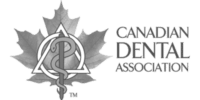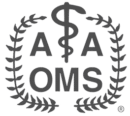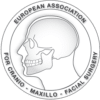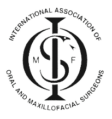Bone Grafting and Reconstruction
When an area of your body is missing bone, this deficient area is frequently called a “bony defect”. These defects may be as a result of:
• Trauma
• Tooth extractions or long-term tooth loss
• Cysts or tumor surgery
• Periodontal (gum) disease
A bone graft is a surgical procedure that replaces missing bone with material from the patient’s own body (autogenous) or with an artificial, synthetic or natural substitute (allograft). The graft not only replaces the bone, but can actually help your body to re-grow bone that has been lost. Depending on the anatomic region, a variety of augmentation techniques may be used. Your surgeon will determine your particular needs and will recommend the appropriate technique as well as any alternatives. If autogenous graft is recommended, appropriate sites and anesthetic options will also be reviewed at that time.
Sinus Augmentation (Sinus Lift)
A sinus lift of maxillary sinus floor augmentation is a surgical procedure which serves to increase the amount of bone in the posterior upper jaw. This procedure also involves raising the sinus floor and developing sufficient bone for the placement of dental implants. The maxillary sinuses are located behind your cheeks and above the upper teeth. These sinuses are empty, air-filled spaces. The roots of the natural teeth (upper arch) can extend into the maxillary sinuses. After a tooth extraction, the sinus tends to descend, and surrounding volume of bone is lost. Several techniques (direct and indirect) can be used to raise the sinus and facilitate the development of bone. Studies have shown that a sinus lift can greatly increase the success of implants.
Distraction Osteogenesis
This procedure involves treatment for selected deformities and defects of the jaw and skull. This advanced procedure allows an Oral and Maxillofacial Surgeon a safe and predictable approach to treating selected deformities. This procedure in most cases can be completed in our practice. More advanced cases are completed in the hospital. The surgery is conducted under anesthesia and is moderately invasive.










